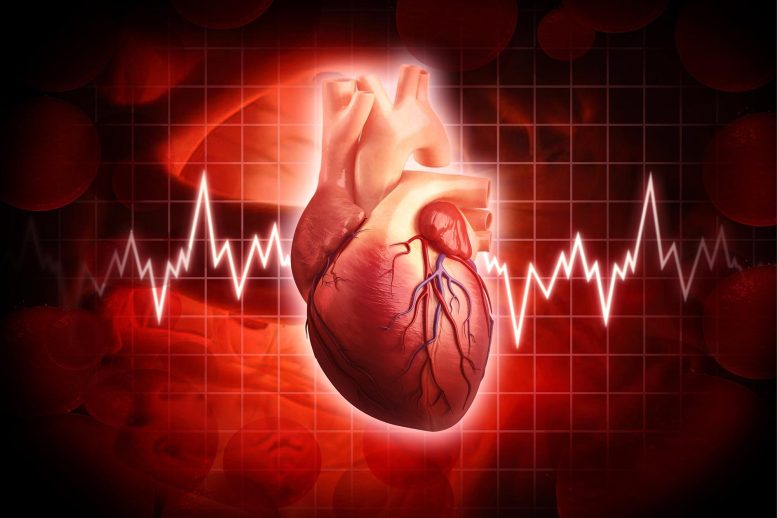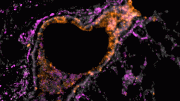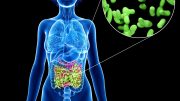
A controlled experiment with healthy young and older adults, as well as older adults with coronary artery disease, demonstrated that passive heat exposure significantly increases myocardial blood flow in all participants. This exposure led to asymptomatic heat-induced myocardial ischemia in some CAD patients. The findings underscore the need for these individuals to minimize cardiac strain during extreme heat conditions.
A study reveals that heat exposure boosts myocardial blood flow and induces ischemia in some with coronary artery disease, suggesting high-risk individuals should avoid excessive heat.
Researchers conducted a laboratory-controlled experiment including both healthy adults and adults with coronary artery disease (CAD). The results showed that passive heat exposure was enough to increase myocardial blood flow (MBF) in all participants, regardless of age and health status, creating significant stress on the heart.
The scientists observed asymptomatic heat-induced myocardial ischemia in some participants with CAD, suggesting that these adults may benefit from minimizing cardiac strain during extreme heat by staying cool. The study was published today (June 10) in Annals of Internal Medicine.
Experimental Design and Participant Demographics
Researchers from the Montreal Heart Institute conducted an experimental study comprised of 20 healthy young adults, 21 healthy older adults, and 20 older adults with CAD to quantify the MBF requirements of heat exposure. In a laboratory setting, participants were heated until their core temperature increased 1.5 degrees Celsius (C), and their MBF was measured before exposure and at every increase of 0.5 degrees C to their core temperature.
The investigators found that MBF increased in all participants when their body temperature increased by 1.5 degrees C. The authors additionally observed that 7 participants with CAD experienced asymptomatic heat-induced myocardial ischemia based on imaging evidence.
Editorial Commentary and Implications
An accompanying editorial from the Annals of Internal Medicine and the University of Pennsylvania Perelman School of Medicine puts the study findings in context. Given the global rise in average temperature, which has increased heat-related morbidity and mortality, identifying susceptible individuals, including those with obstructive coronary epicardial stenosis or microvascular dysfunction, is imperative.
Heat exposure can cause significant stress on the heart leading to a supply-demand mismatch in vessels exhibiting flow-limiting disease. If sustained in time or potentially with repeated exposures, this can result in symptomatic or silent ischemia and explain, at least in part, the increased risk for adverse cardiovascular events observed with heat exposure in population studies.
The authors advise that physicians counsel at-risk patients about the harms of excess temperature, including how to identify hyperthermia and the importance of adopting preventive measures.
Reference: “Feeling the Heat: Cardiovascular Consequences of Heat Exposure Under Controlled Experimental Conditions” by Eliseo Guallar, MD, DrPH, Paco E. Bravo, MD and Victor A. Ferrari, MD 10 June 2024, Annals of Internal Medicine.
DOI: 10.7326/M24-3504









Be the first to comment on "Study Uncovers Hidden Heart Risks Linked to Passive Heat Exposure"